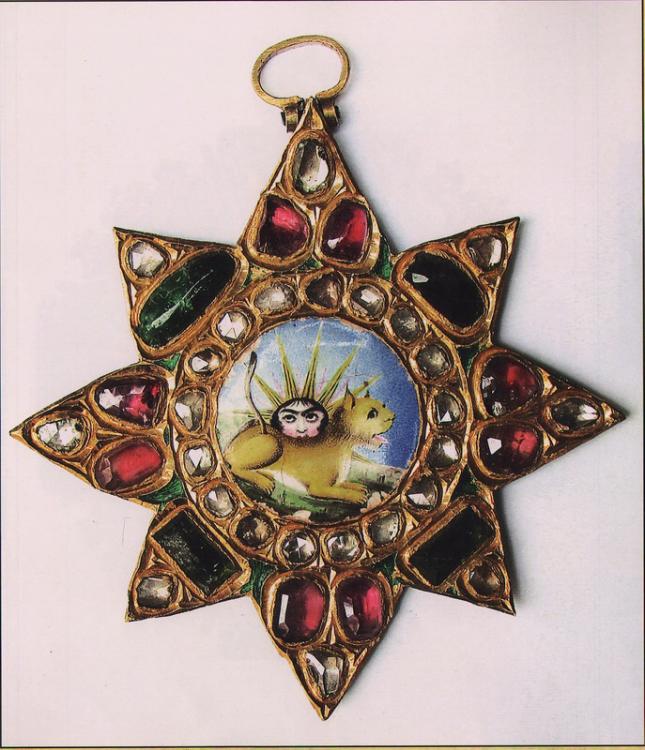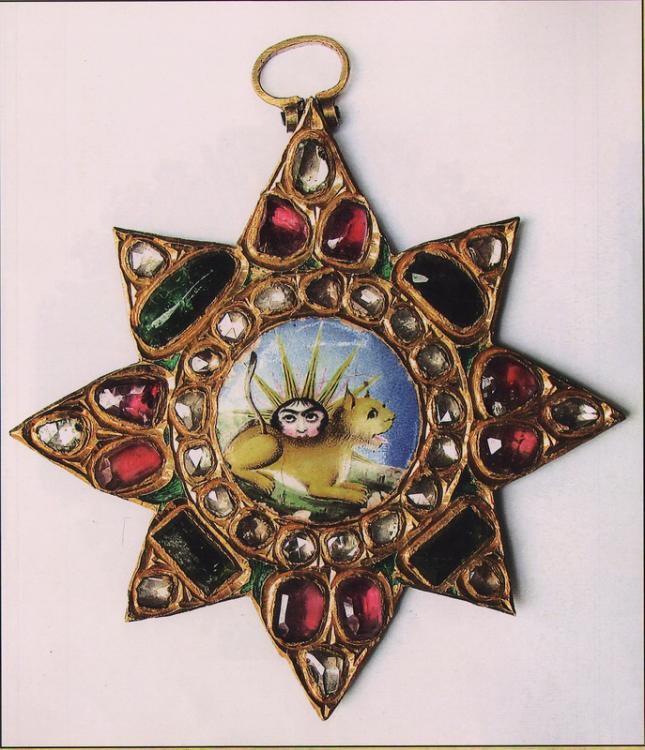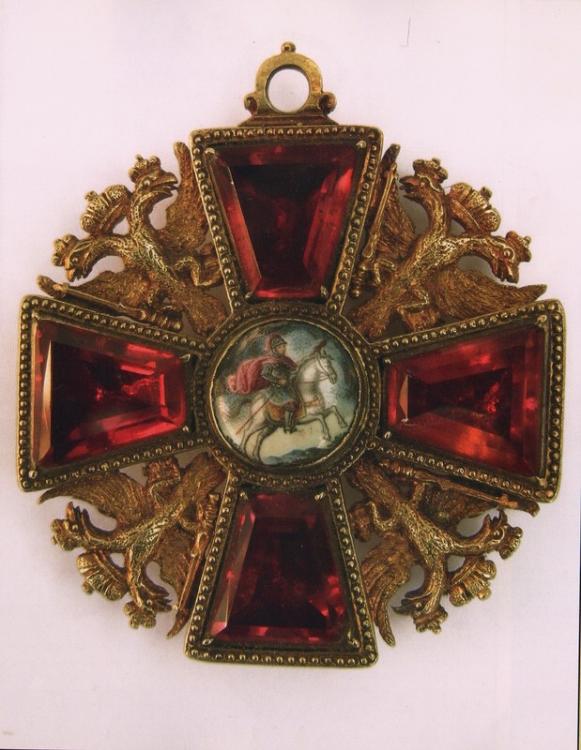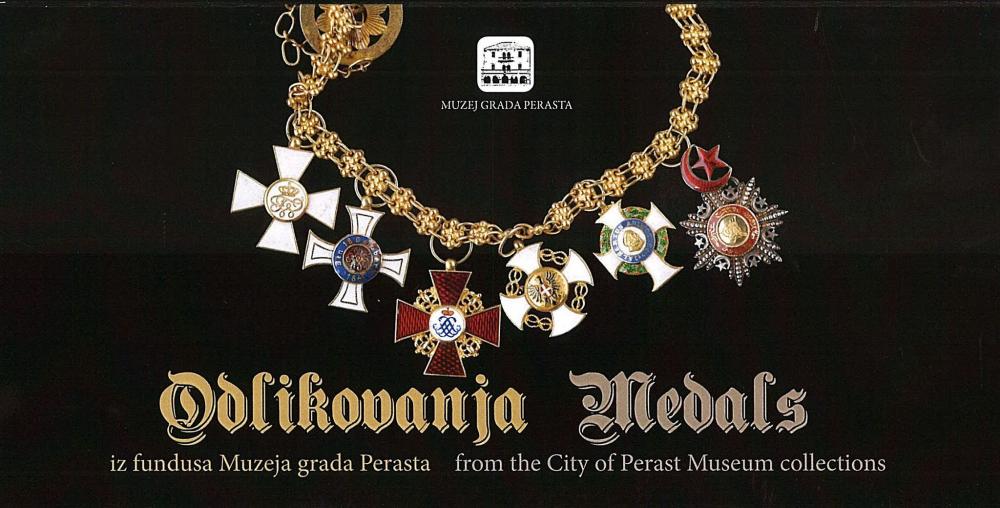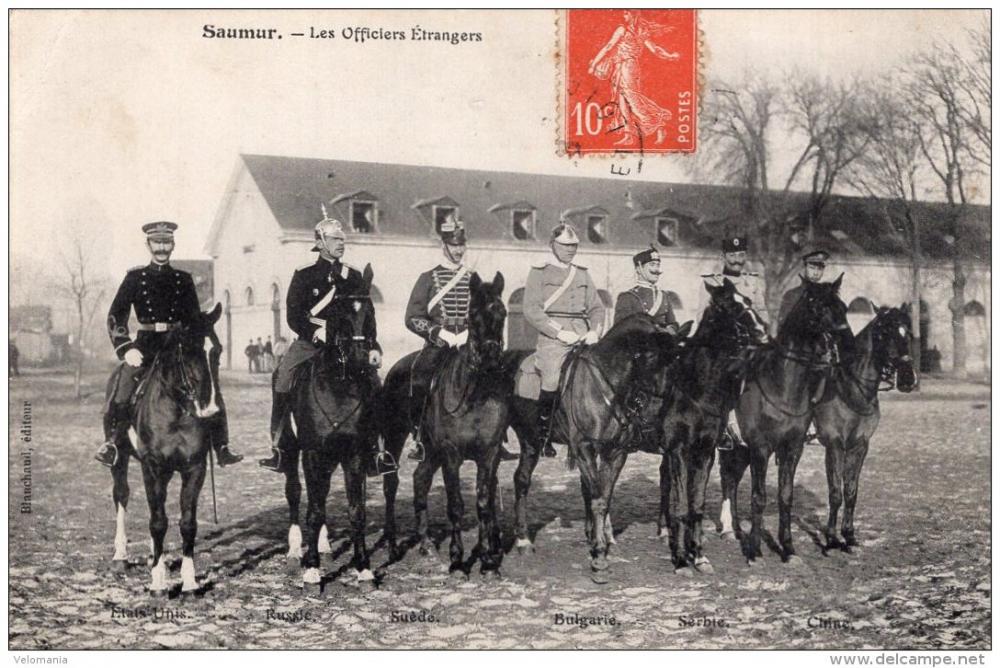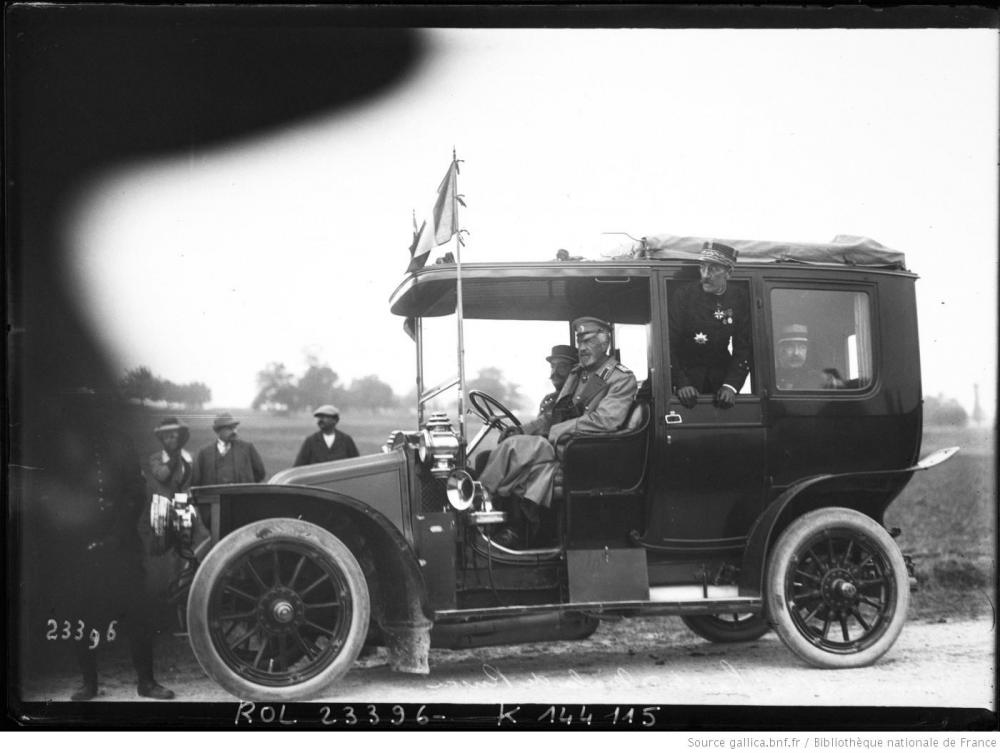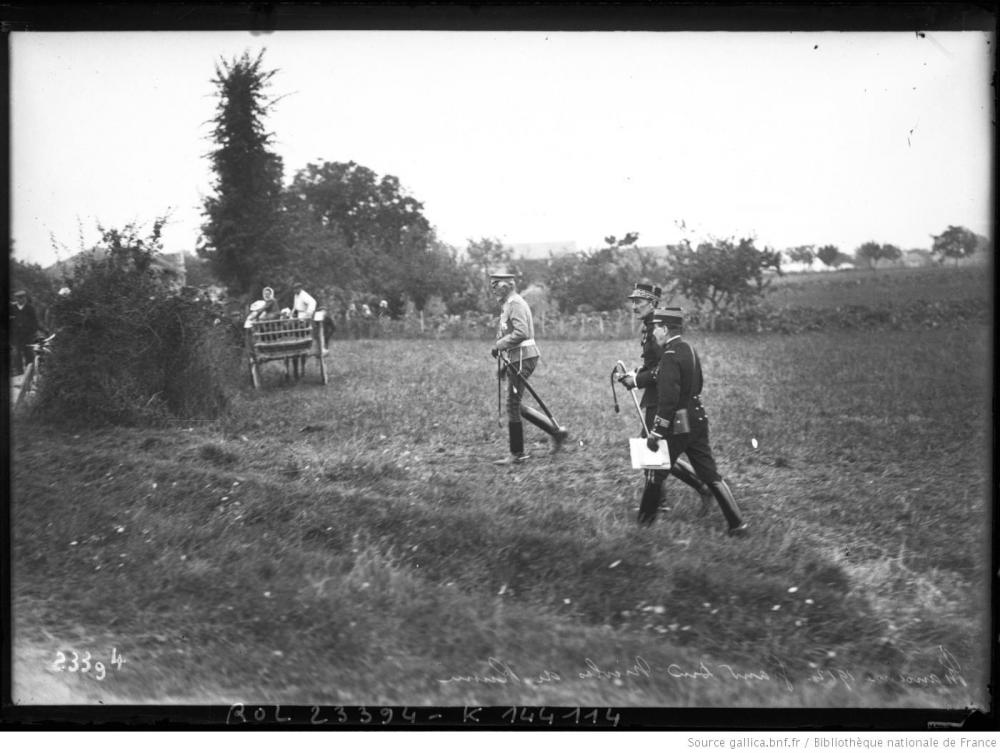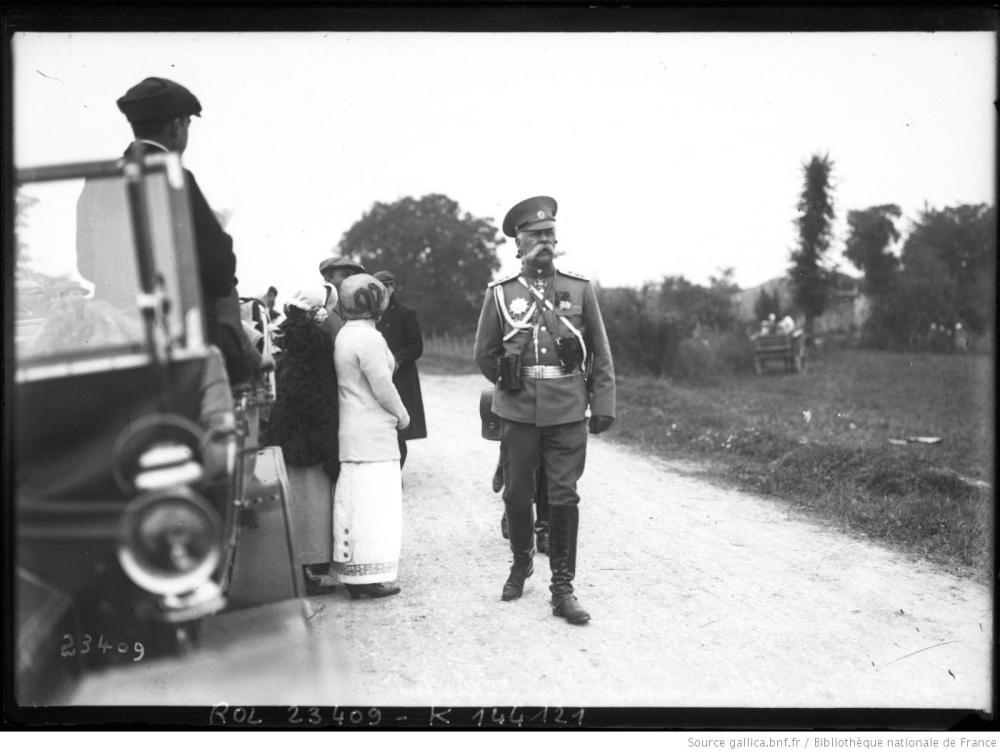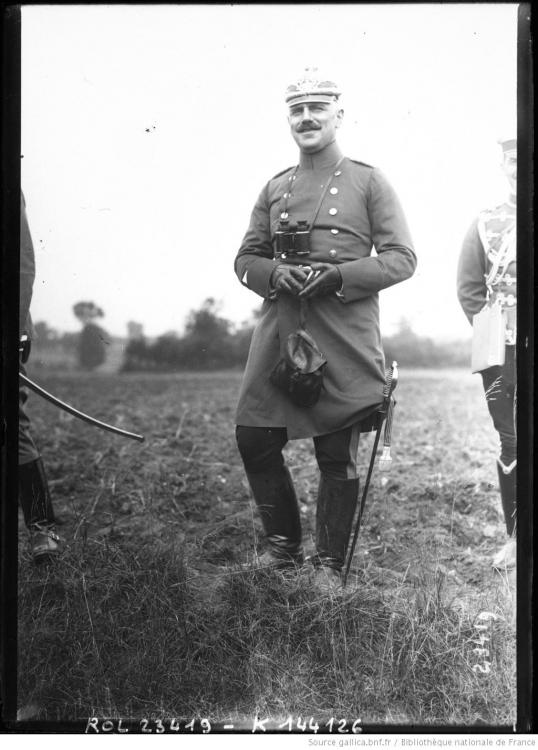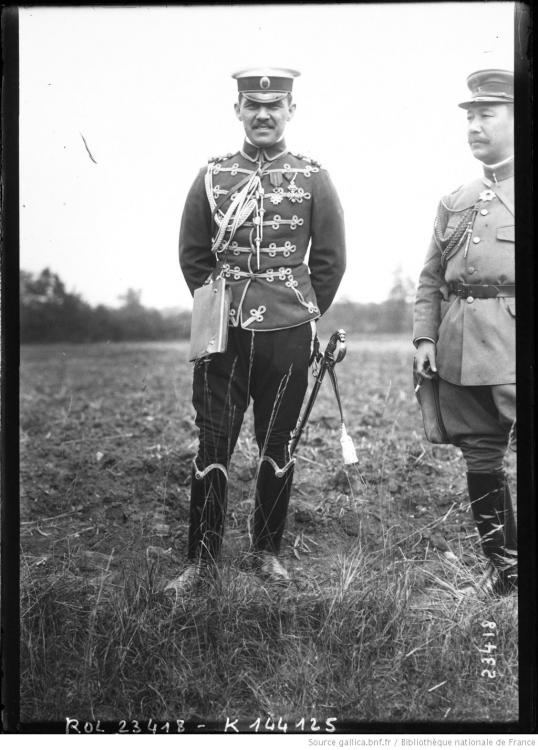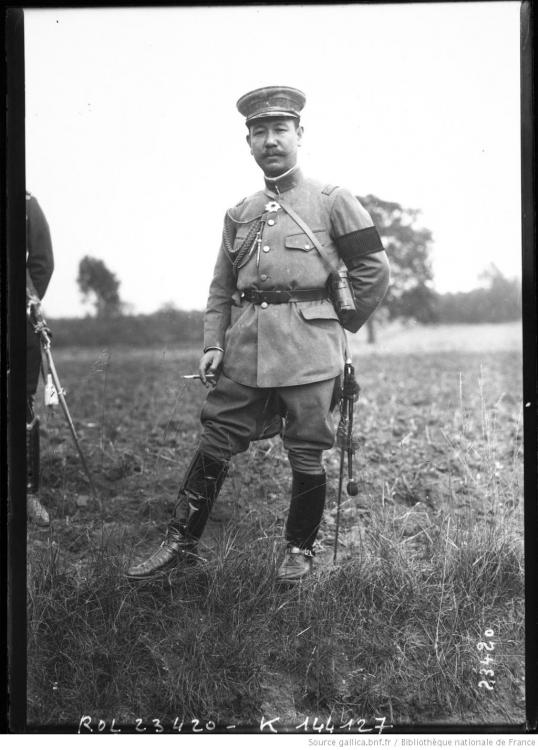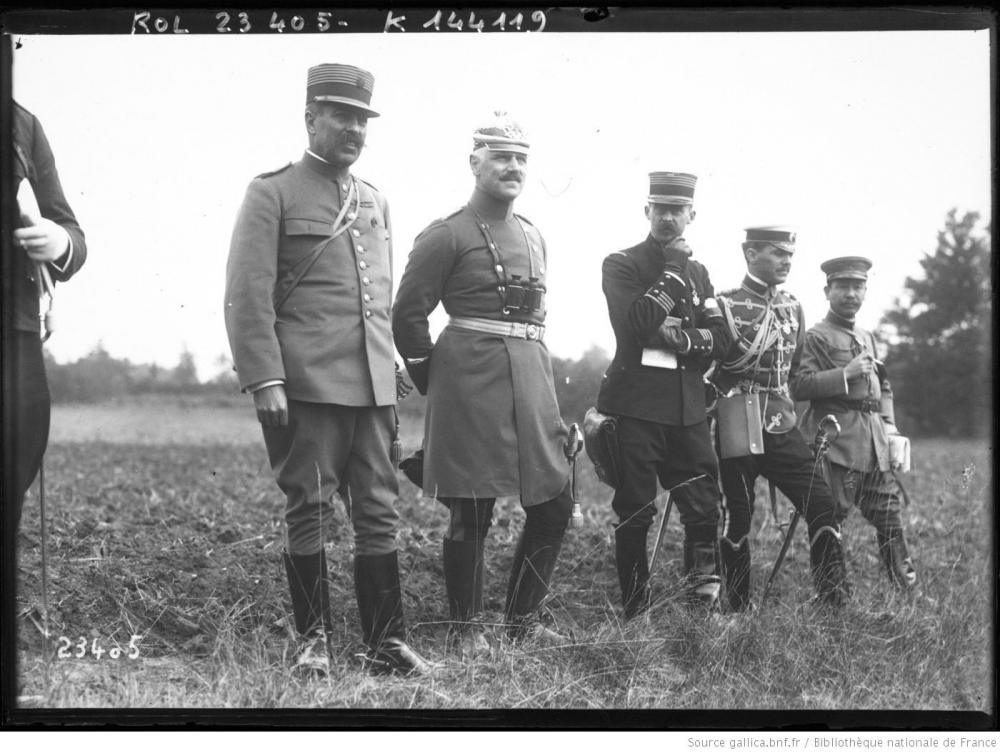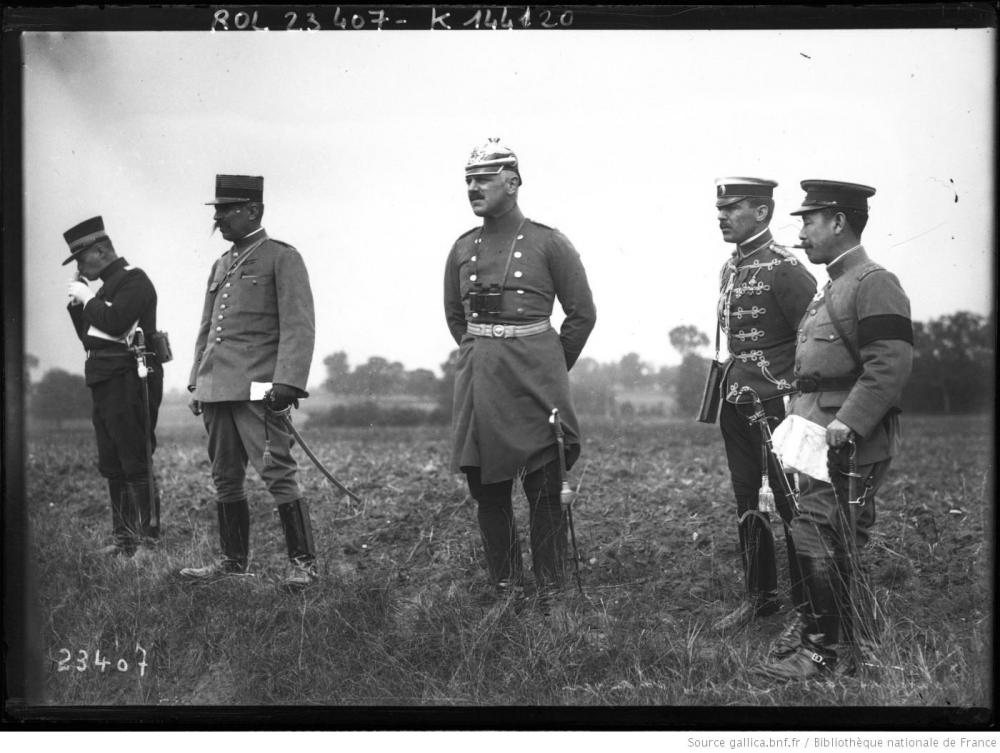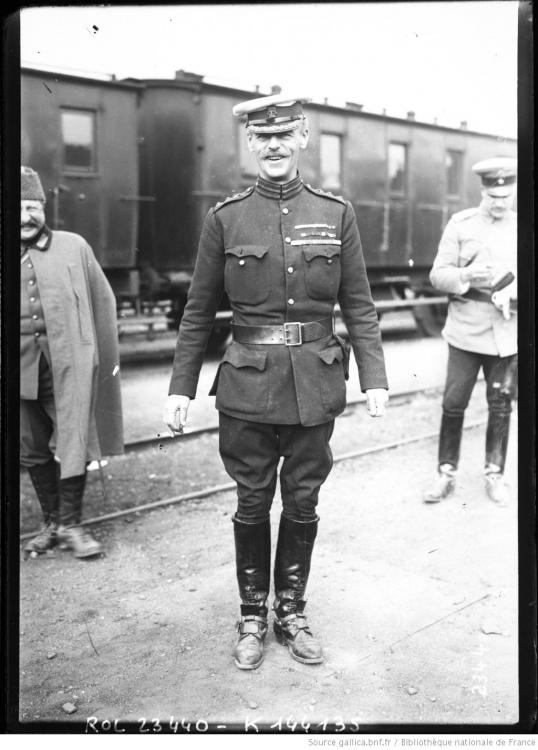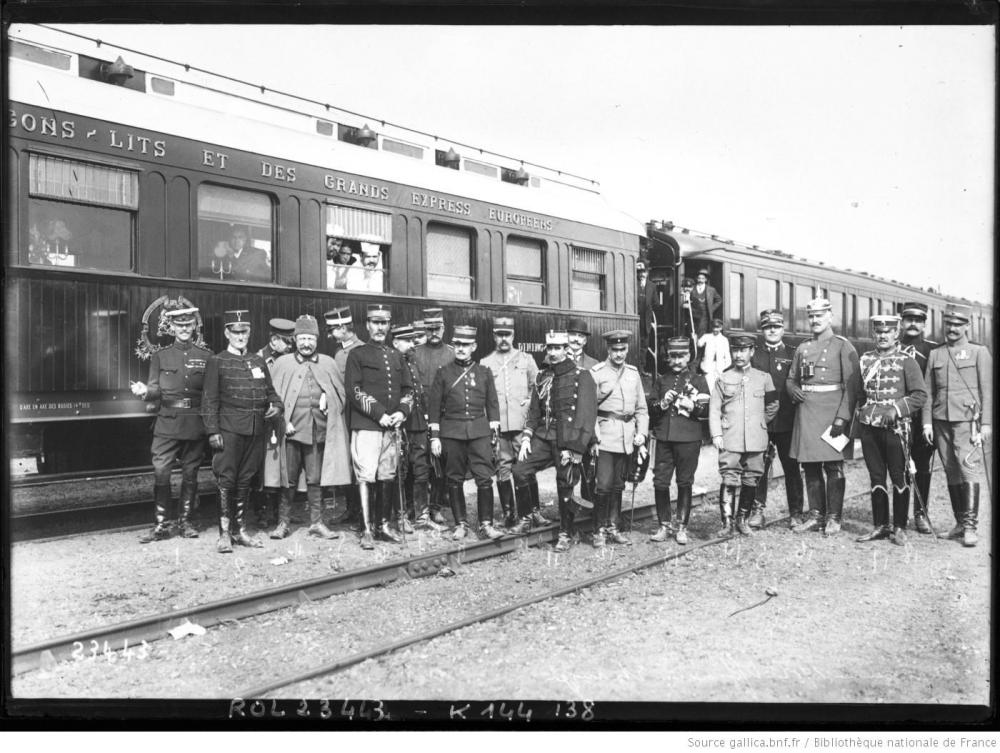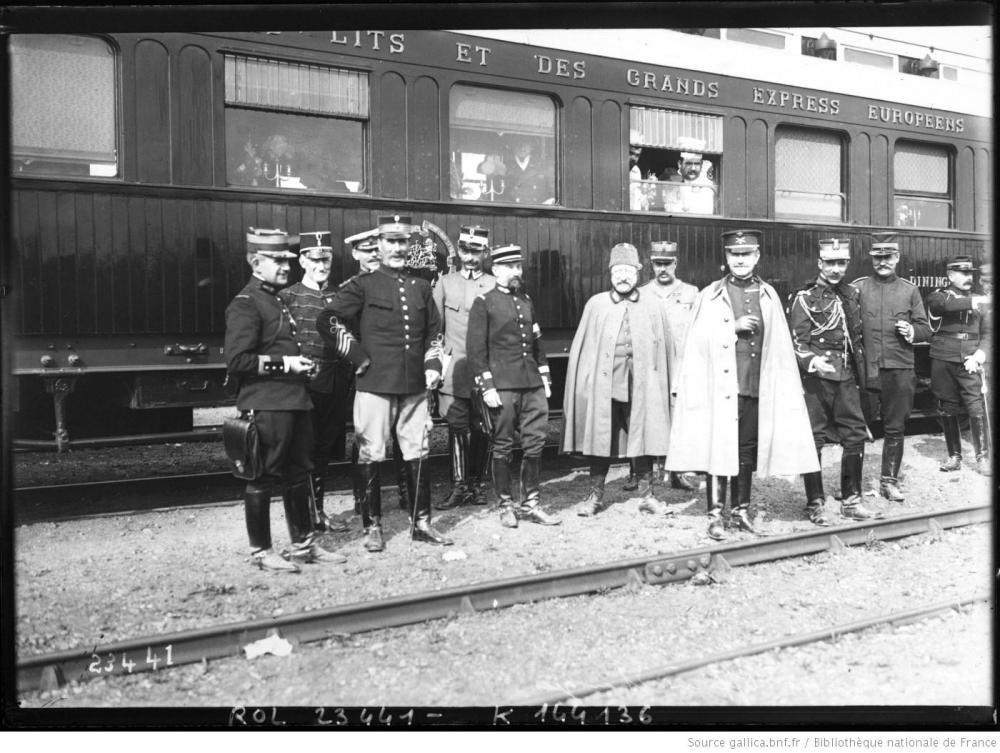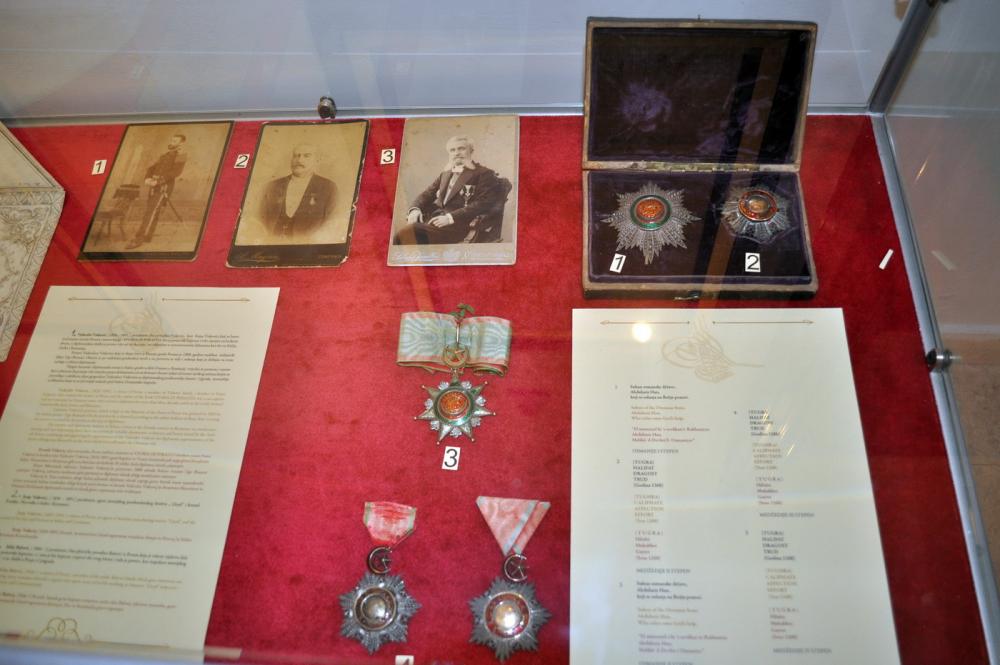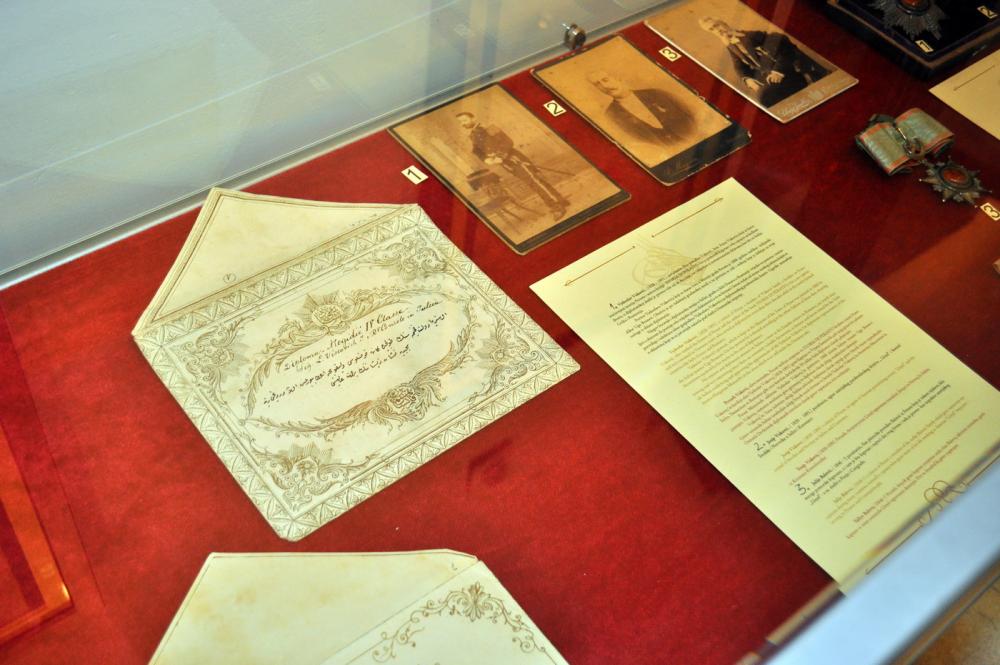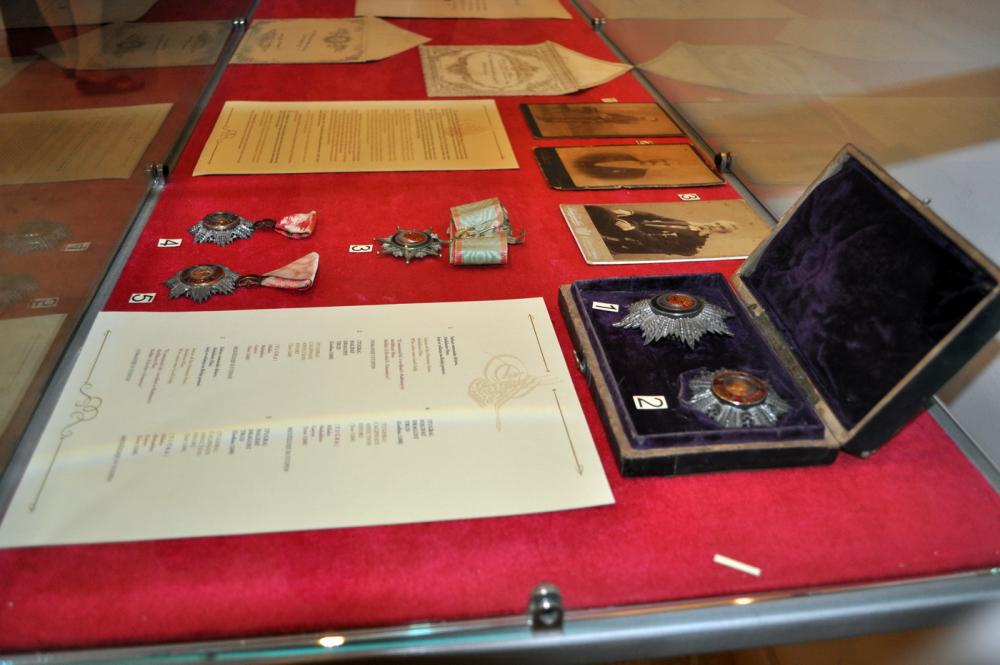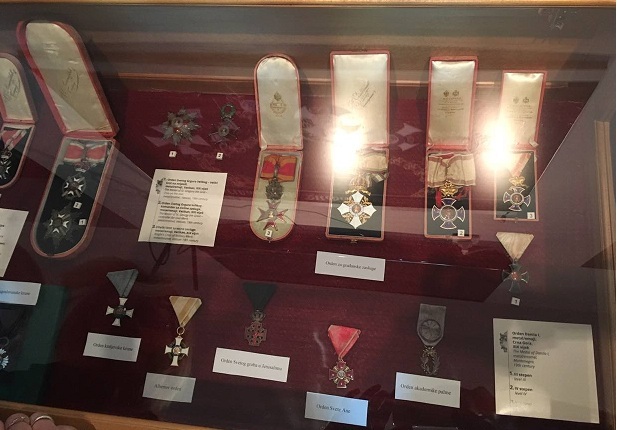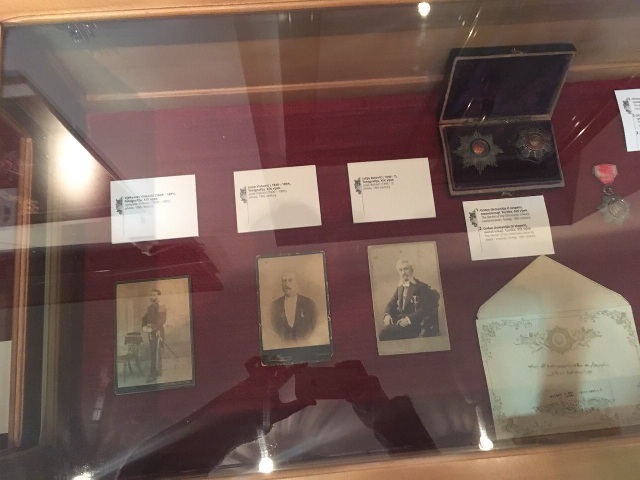-
Posts
3,629 -
Joined
-
Last visited
-
Days Won
1
Content Type
Profiles
Forums
Blogs
Gallery
Events
Store
Everything posted by paja
-
So far I wasn't able to find a single Greek recipient, unfortunately. If something pops up I'l let you know immediately. Best of luck with the further research!
-
I've been digging up names over the weekend, so far around 60 recipients, no new names. Again, both lists consist of 121 names plus one organization and one city, but each contains 4 different names. Let's say 117 are on both lists on top of that we can add those found in the Gazette: -Franc Oman -Nicolae Ceaușescu -Ali Šukrija -Krste Crvenkovski So we're back to 121 names (2 double recipients) and it remains to be seen if additional 4 people received the order: -Ivan Božićević -Veljko Mićunović -Božin Jovanović -Alija Sirotanović If all of them were awarded then there were 125 individual and 2 collective recipients plus 2 double recipients, in total 129 orders awarded.
-
-
I think Serbian White Eagle Order was made by G. A. Scheid. Looks like 2nd type (year 1882 on reverse) which would put in a 1904-1914 period. I'll try to find Greek recipients in the Official Gazette and newspapers from that era, maybe we'll get lucky.
-
-
Serbia Decorations from the collections of the Serbian museums
paja replied to paja's topic in Southern European & Balkan States
Two more interesting orders from Montenegro, photos found HERE. -Order of the Lion and the Sun (Persia) -Order of St. Alexander Nevsky (Russia) -
Serbia Decorations from the collections of the Serbian museums
paja replied to paja's topic in Southern European & Balkan States
I presume front page of the exhibition catalog. Very nice miniature chain which consists of: -Order of the Red Eagle (Prussia) -Order of the Crown (Prussia) -Order of St. Anna (Russia) -Order of the Crown of Italy -Albert Order (Saxony) -Order of the Medjidie (Ottoman Empire) -
-
You're welcome First photo might be from 1909 (or earlier), we can see one more like that with 21-10-09 stamp HERE.
-
-
Looks like foreign officers were on a one year course, more information and photos can be found HERE. "Officiers en stage Les liens sont plus forts, et en tout cas pas vraiment hostiles, avec les pays qui envoient un jeune officier d'état-major suivre le cours des lieutenants d'instruction, pendant une année en principe. L'Ecole aide ainsi à la constitution des nouvelles armées des pays balkaniques ; elle tisse aussi des liens avec de jeunes cadres, souvent promis à un brillant avenir dans leur pays. Les officiers étrangers, dont le nombre s'élève à douze en 1909 et en 1911, sont l'objet d'une vive curiosité à cause de leurs uniformes. Ils participent au carrousel. Ils sont souvent photographiés. En dépit de leur isolationnisme officiel, les Etats-Unis sont constamment présents. Le général Philip Kearny ( 1814-1862 ), objet de plusieurs biographies dans son pays, est envoyé comme jeune officier étudier les méthodes françaises à l'Ecole de Saumur en 1839-1840. Dans une lettre, il se dit surpris par l'état misérable des chevaux et des écuries, mais juge la théorie brillante. Il accompagne longtemps l'armée française parmi les chasseurs d'Afrique, en Algérie, puis à Solferino. Dans les combats livrés par les U.S.A. contre le Mexique, il perd un bras, avant d'être tué dans la Guerre de Sécession... Egalement, George S. Patton vient suivre un stage d'escrime à Saumur en 1913, auprès du maître Cléry. Malgré des rapports tendus, le Reich allemand est parfois présent. Un lieutenant du 1er régiment de Dragons badois, détaché à Saumur, Hermann, baron Bodman, fait parler de lui par ses succès mondains : en 1865, il épouse Caliste Jeanne Louise Marie Bernard de La Frégeolière ; en 1881, il se remarie avec Valentine O'Neill de Tyrone, la fille de l'ancien sous-préfet ( voir rue de Bodman ). A partir de photos et de descriptions, j'ai pu relever les nationalités des officiers étrangers sur sept années s'étalant sur la période 1903-1912. En tête viennent les Etats-Unis, représentés chaque année, dont une fois par deux stagiaires, soit un total de 8, de même que la Suède, 8 ; la Bulgarie, puissance montante dans les Balkans, 7 ; la Russie, grande alliée, 6, et la Norvège, 6. Il ne faut dans doute pas attacher trop de signification à la suite de la liste : Angleterre, 4 ; Serbie, 4 ; Espagne, 3 ; Empire ottoman, 3 ; son adversaire, la Grèce, 3 ; Danemark, 2 ; Pays-Bas, 2. Un unique représentant pour la Roumanie, la Chine et le Pérou. Le plus intéressant est de noter que 15 pays sont représentés, répartis à travers le monde entier." __________________________________________ Google Translate: Training Officers The links are stronger, and in any case not really hostile, with the countries that send a young staff officer to follow the course of the lieutenants of instruction, for a year in principle. The School thus assists in the constitution of the new armies of the Balkan countries; it also forges links with young cadres, often promised a bright future in their country. The foreign officers, who numbered twelve in 1909 and 1911, were the object of a lively curiosity because of their uniforms. They participate in the carousel. They are often photographed. Despite their official isolationism, the United States is constantly present. General Philip Kearny (1814-1862), the subject of several biographies in his country, was sent as a young officer to study French methods at the Ecole de Saumur in 1839-1840. In a letter he was surprised by the miserable condition of horses and stables, but judged the theory brilliant. He accompanies the French army for a long time among the hunters of Africa, in Algeria, and then at Solferino. In the struggles of the USA against Mexico, he lost an arm before being killed in the Civil War. Also, George S. Patton comes to follow a fencing course in Saumur in 1913, with the master Clery. Despite tense relations, the German Reich is sometimes present. A lieutenant of the 1st Regiment of Baden Dragoons, detached to Saumur, Hermann, Baron Bodman, made talk about him by his worldly successes: in 1865, he married Caliste Jeanne Louise Marie Bernard of La Frégeolière; in 1881 he married Valentine O'Neill of Tyrone, the daughter of the former sub-prefect (see Bodman Street). From photographs and descriptions, I was able to identify the nationalities of foreign officers over seven years spanning the period 1903-1912. The United States, represented each year, includes two trainees, a total of 8, as well as Sweden, 8; Bulgaria, rising power in the Balkans, 7; Russia, a great ally, 6 and Norway, 6. There is no doubt that too much significance is attached to the list: England, 4; Serbia, 4; Spain, 3; Ottoman Empire, 3; his opponent, Greece, 3; Denmark, 2; The Netherlands, 2. A single representative for Romania, China and Peru. The most interesting is that 15 countries are represented, spread all over the world.
-
If I'm not mistaken the photo was made somewhere between 1900 and 1911, Serbian parade uniforms looked that way in that period.
-
Mr. Acović published list of recipients in his book "Glory and Honor - Decorations among Serbs, Serbs among Decorations" (original title "Слава и част, одликовања међу Србима - Срби међу одликовањима"). After comparing it with yours I noticed they do not match completely. Both lists consist of 121 names plus one organization (People's Youth of Yugoslavia) and one city (Skoplje) but each contains 4 different names. Your list doesn't include: -Božićević, Ivan (1979) -Mićunović, Veljko (1981) -Oman, Franc (1986) -Crvenkoski Krste (1969) Mr. Acović's list doesn't include: -Ceaușescu, Nicolae (1978) -Jovanović, Božin (????) -Sirotanović, Alija (????) -Šukrija, Ali (1985) Franc Oman, Nicolae Ceaușescu and Ali Šukrija are definitely recipients, I'll see if I can dig out something else in the Official Gazette.
-
Thanks for your help. I don't know from which country is the last officer on the right but he can't be from Serbia. In Serbia braided shoulder boards were worn by generals and generals' "šajkača" cap was different. You can see how it looked like in that period on the right (WW1 photo of general Bojović). Also compare that officer with the Serbian representative from the first photo it's not the same person.
-
That would have to be a joint endeavor
-
My pleasure. I've been thinking about opening a separate, general, topic about foreign military representatives at French Maneuvers. Going through photos and postcards from various years I noticed some familiar faces. For example Serbian representative in 1904 was colonel Petar Bojović, future vojvoda. Apart from him I recognized Mihailo Živković and Jovan Dragašević, both future generals. I presume a lot of representatives from other countries rose up to high ranks, unfortunately I'm not that familiar with foreign officers.
-
-
-
"Danish officer, general Tuxen" "English officer, colonel Butler" (Yarde-Buller?), Djemil bey and possibly Chilean representative (?)
-
-
Serbia Decorations from the collections of the Serbian museums
paja replied to paja's topic in Southern European & Balkan States
Same museum different exhibition, photos found here. Ottoman Order of Osmanieh and Order of the Medjidie -
Serbia Decorations from the collections of the Serbian museums
paja replied to paja's topic in Southern European & Balkan States
Two more photos from the same exhibition found here. Ottoman Order of Osmanieh and Order of the Medjidie Same display case as in the previous reply, the rest of the decorations: Order of the Prussian Crown Albert Order Order of the Holy Sepulchre Order of St. Anna Order of Academic Palms



